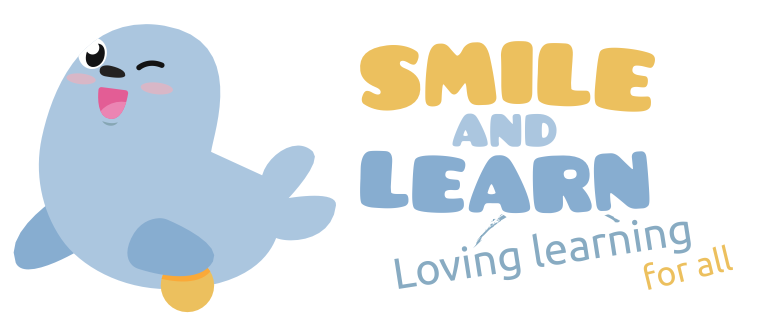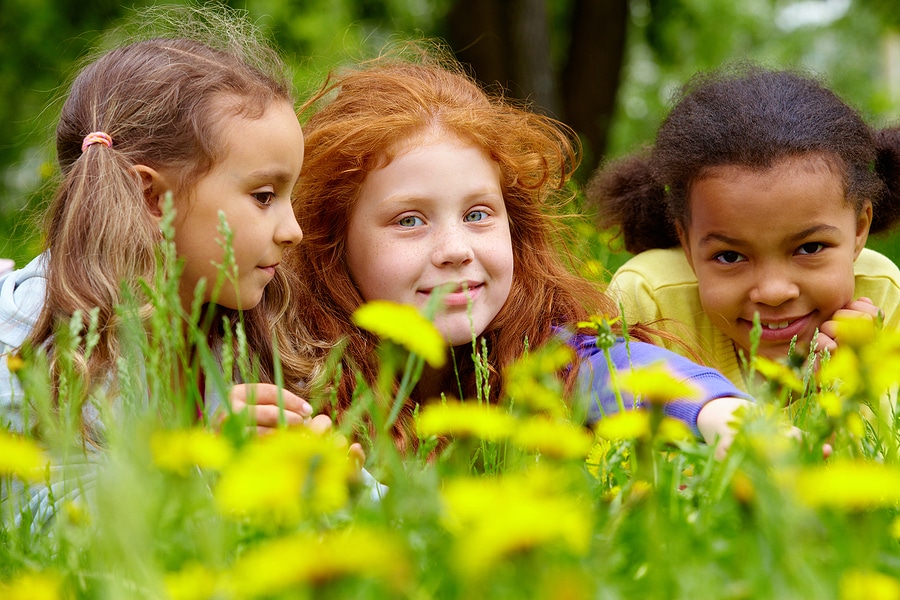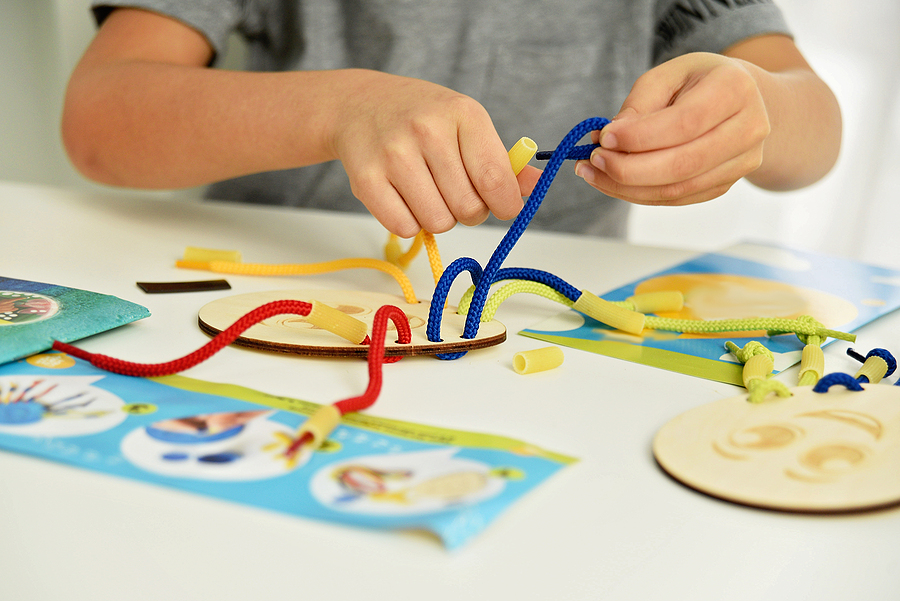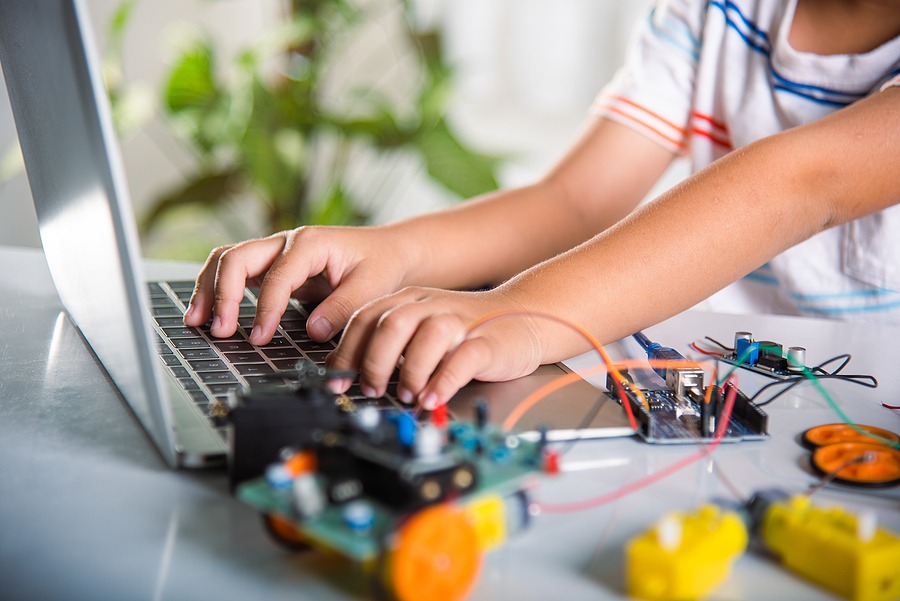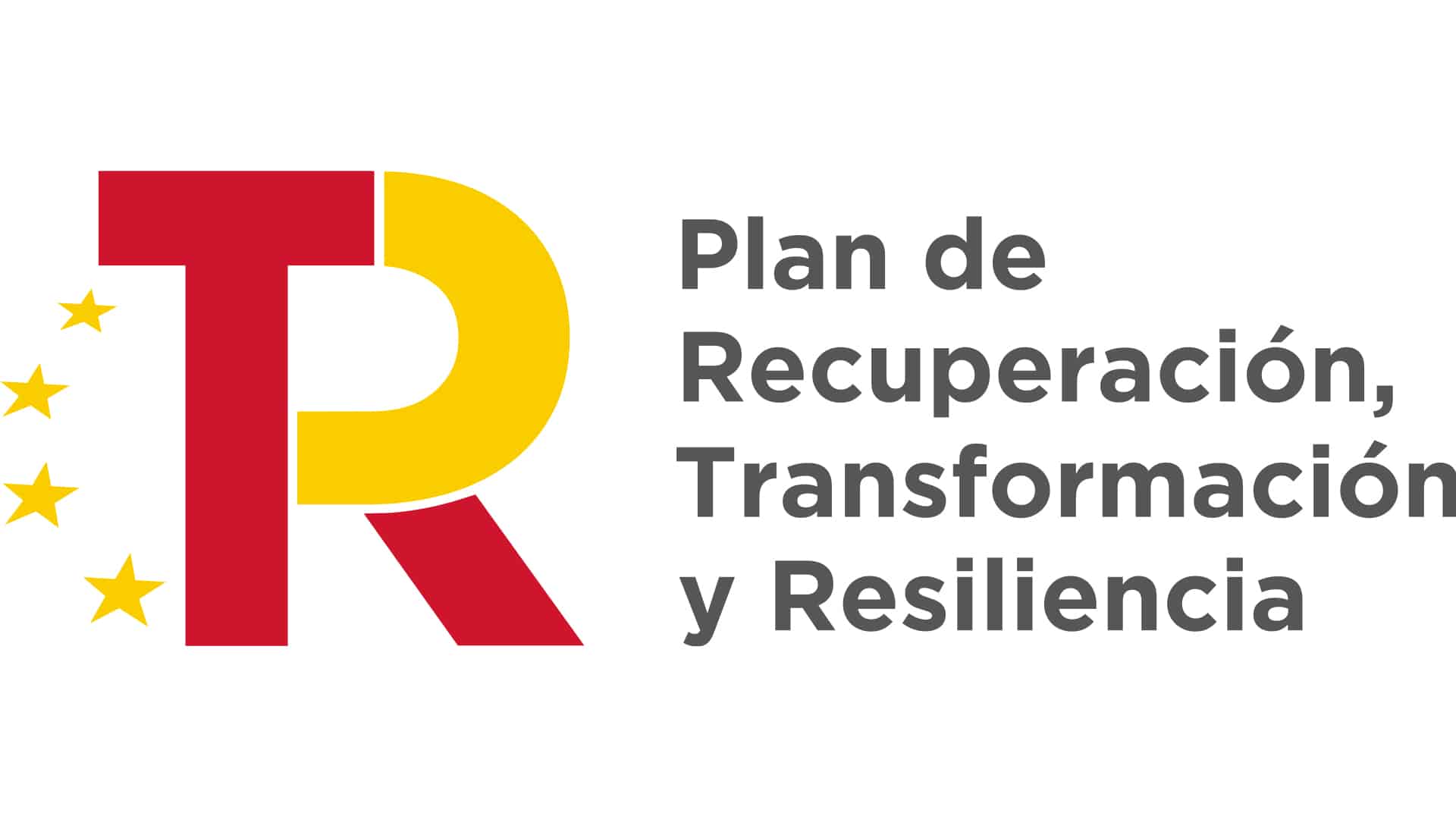Celebrated on July 18, World Listening Day is a special occasion for tuning into the sounds around us and reflecting on the importance of listening in our daily lives. This event has been celebrated since 2010 at the initiative of the World Listening Project (WLP) and the Midwest Society for Acoustic Ecology (MSAE).
The date was chosen to commemorate the birth of composer Raymond Murray Schafer on July 18, 1933. Schafer was a composer, writer, music educator and environmentalist. He created the World Soundscape Project and made several contributions to acoustic ecology.
The goal of the WLP is to educate the world about the sounds around us. More specifically, to raise awareness of our sound environment as a source of information and aesthetic enjoyment. Listening to that environment is key to our health and understanding the world.
Active listening is a fundamental communication skill that involves paying full and conscious attention to what another person is saying. It is not just about hearing the words but listening to the speaker’s emotions, thoughts, and intentions behind those words. To do so the listener must pay full attention to the speaker, avoiding both external and internal distractions.
Today, humanity is saturated with ambient noise and constant information overload; therefore the celebration is a reminder of the need to turn the volume down and pay attention to the nuanced noises that surround us. From the sounds of nature to conversation, active listening is an essential skill for learning, communication, and emotional well-being.
This year’s World Listening Day theme is, “Listening to the Weave of Time / Listening to the Weave of Time.” The creators, AOIR Laboratorio Sonoro, founded by Valentina Villarroel and Camila Cijka, invite us to reflect on what our bodies feel when reconnecting with the harmonic structure of natural sound.
Ecoacoustics is a discipline that studies the sonar relationship between living beings and their environment. We at Smile and Learn propose an ecoacoustical activity that teaches children active listening. Find a natural space, perhaps a mountain, a beach, or even a park, and actively listen to the sounds around you. We are constantly hearing sounds without perceiving them; if we pay enough attention to them, we can connect with our environment and our experiences.
Sometimes, we become overloaded by the daily aural and visual information. When this happens, a moment of relaxation allows us to reconnect with our senses and emotions. To meet this spiritual need, we propose a relaxation technique fit for both children and adults. “Bee breathing” is a mindfulness activity that directs attention to ourselves, blocking the excess of stimuli around us. By concentrating on our breathing, we can focus on the present and its sensations.
If you haven’t tried our educational platform yet, you can do so through the following link.
